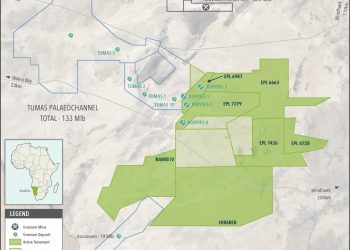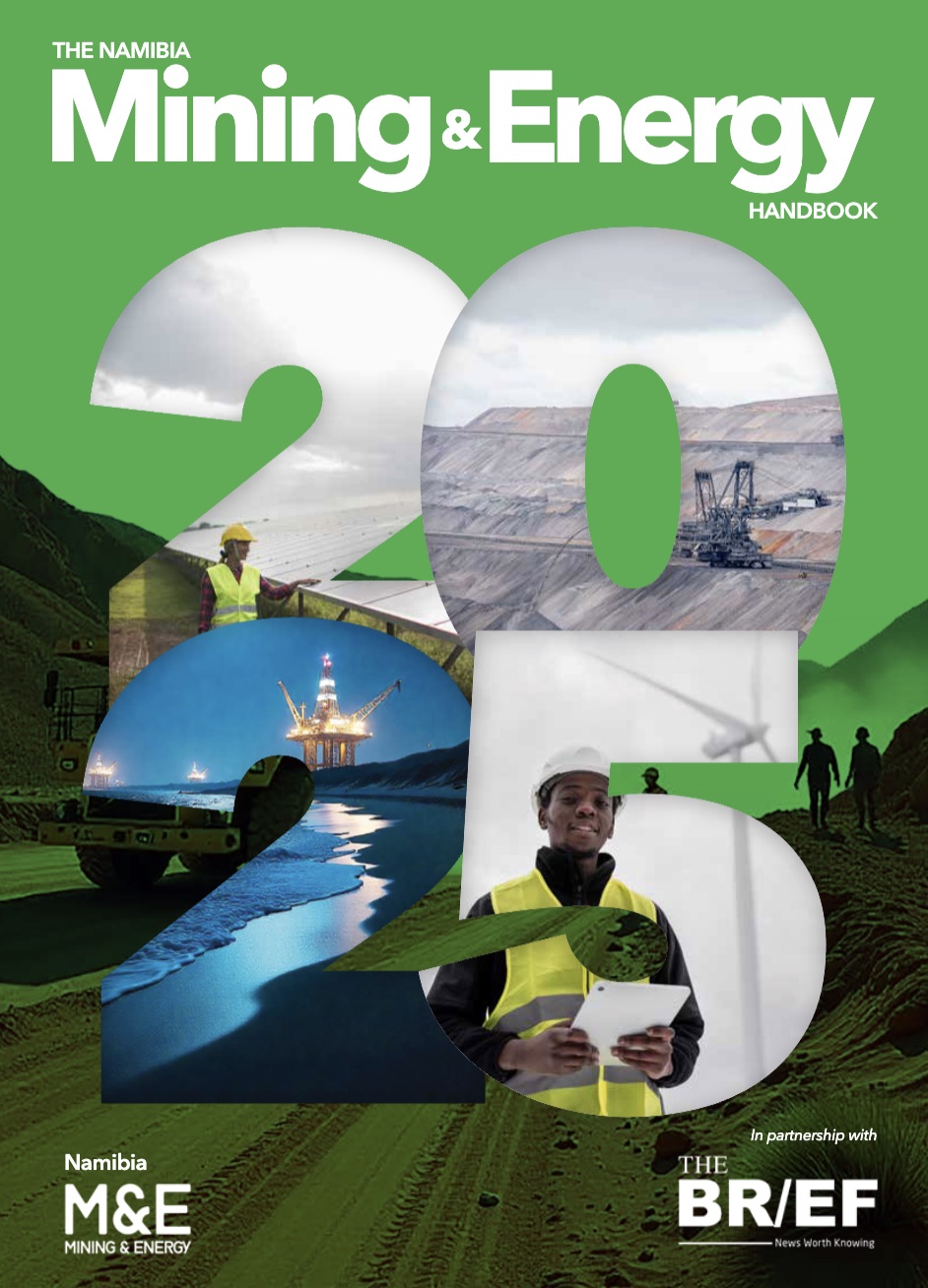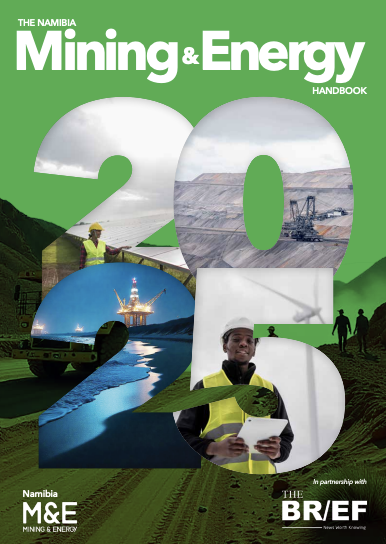
Namibia’s mining sector ended the third quarter of 2025 with a mixed performance, buoyed by stronger output in uranium and gold, but weighed down by continued declines in diamond and base metal production.
According to the Namibia Chamber of Mines, uranium and gold prices remained resilient, helping to sustain sectoral growth.
Uranium averaged US$77.97 per pound, while gold traded at US$3,667.68 per troy ounce. In contrast, diamond prices fell due to weak retail demand and high inventory levels in major international markets.
The Chamber said overall growth was supported by elevated commodity prices and renewed global demand for uranium and gold. However, it warned that rising production costs and inflation—which increased to 3.5% in September from 3.2% in August—pose risks to profitability.
“Elevated energy prices may contribute to increased production and transport costs, which in turn affects profit margins,” the Chamber said.
Uranium continues to anchor Namibia’s mining growth as major projects such as Bannerman Energy’s Etango and Reptile Uranium’s Omahola developments progress.
“Prices have softened from 2024 highs as contracting activity slowed and spot demand normalised, yet medium-term market sentiment remains positive on expectations of future reactor restarts and supply discipline among major producers,” the Chamber reported.
Gold also remained a key performer, benefiting from safe-haven demand amid financial volatility and geopolitical uncertainty.
“Geopolitical tensions and expectations of looser monetary conditions in advanced economies supported prices near record levels,” the Chamber said.
Among base metals, copper and tin recorded moderate year-on-year gains, averaging US$9,983.79 and US$34,483.91 per metric tonne, up between 7% and 8% respectively. Zinc rose by 3%, while lead fell by 2% due to weaker demand from the industrial battery market.
Despite the uneven performance, the mining sector remains one of Namibia’s most significant economic contributors. Data from the Namibia Statistics Agency (NSA) showed that non-monetary gold accounted for 21.1% of total exports in August, followed by fish (17.7%), uranium (7.1%), base metals (6.2%), and copper (5.9%).
Combined, these commodities made up 58% of total exports, reflecting Namibia’s continued shift from diamond dependence towards a more diversified resource base.
“The sector’s medium-term outlook is positive, underpinned by the global energy transition and rising interest in Namibia’s critical minerals. Nevertheless, policy certainty, infrastructure investment and stable regulatory conditions are essential to sustain investor confidence,” the Chamber added.







